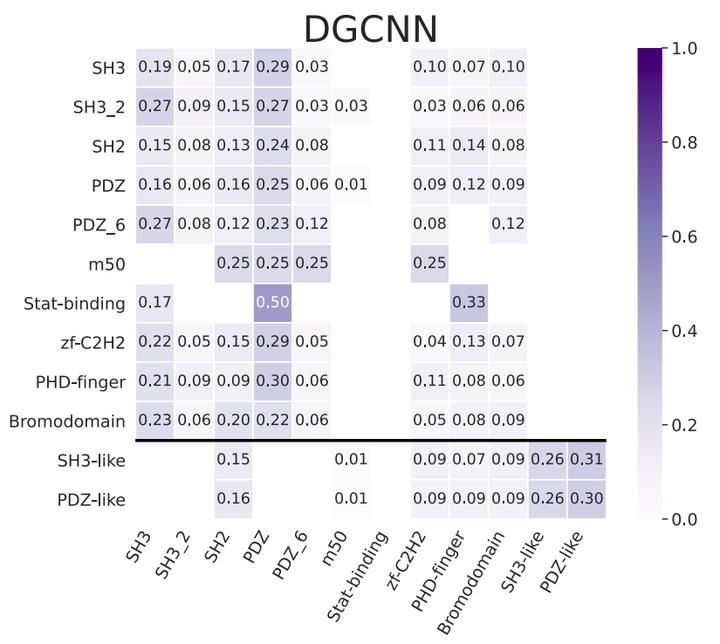 Per-query precision-recall curves for the shape-only dataset
Per-query precision-recall curves for the shape-only datasetAbstract
Proteins are essential to nearly all cellular mechanism and the effectors of the cells activities. As such, they often interact through their surface with other proteins or other cellular ligands such as ions or organic molecules. The evolution generates plenty of different proteins, with unique abilities, but also proteins with related functions hence similar 3D surface properties (shape, physico-chemical properties, …). The protein surfaces are therefore of primary importance for their activity. In the present work, we assess the ability of different methods to detect such similarities based on the geometry of the protein surfaces (described as 3D meshes), using either their shape only, or their shape and the electrostatic potential (a biologically relevant property of proteins surface). Five different groups participated in this contest using the shape-only dataset, and one group extended its pre-existing method to handle the electrostatic potential. Our comparative study reveals both the ability of the methods to detect related proteins and their difficulties to distinguish between highly related proteins. Our study allows also to analyze the putative influence of electrostatic information in addition to the one of protein shapes alone. Finally, the discussion permits to expose the results with respect to ones obtained in the previous contests for the extended method. The source codes of each presented method have been made available online.
Five different groups participated in this contest using the shape-only dataset, and one group extended its pre-existing method to handle the electrostatic potential. Our comparative study reveals both the ability of the methods to detect related proteins and their difficulties to distinguish between highly related proteins. Our study allows also to analyze the putative influence of electrostatic information in addition to the one of protein shapes alone.